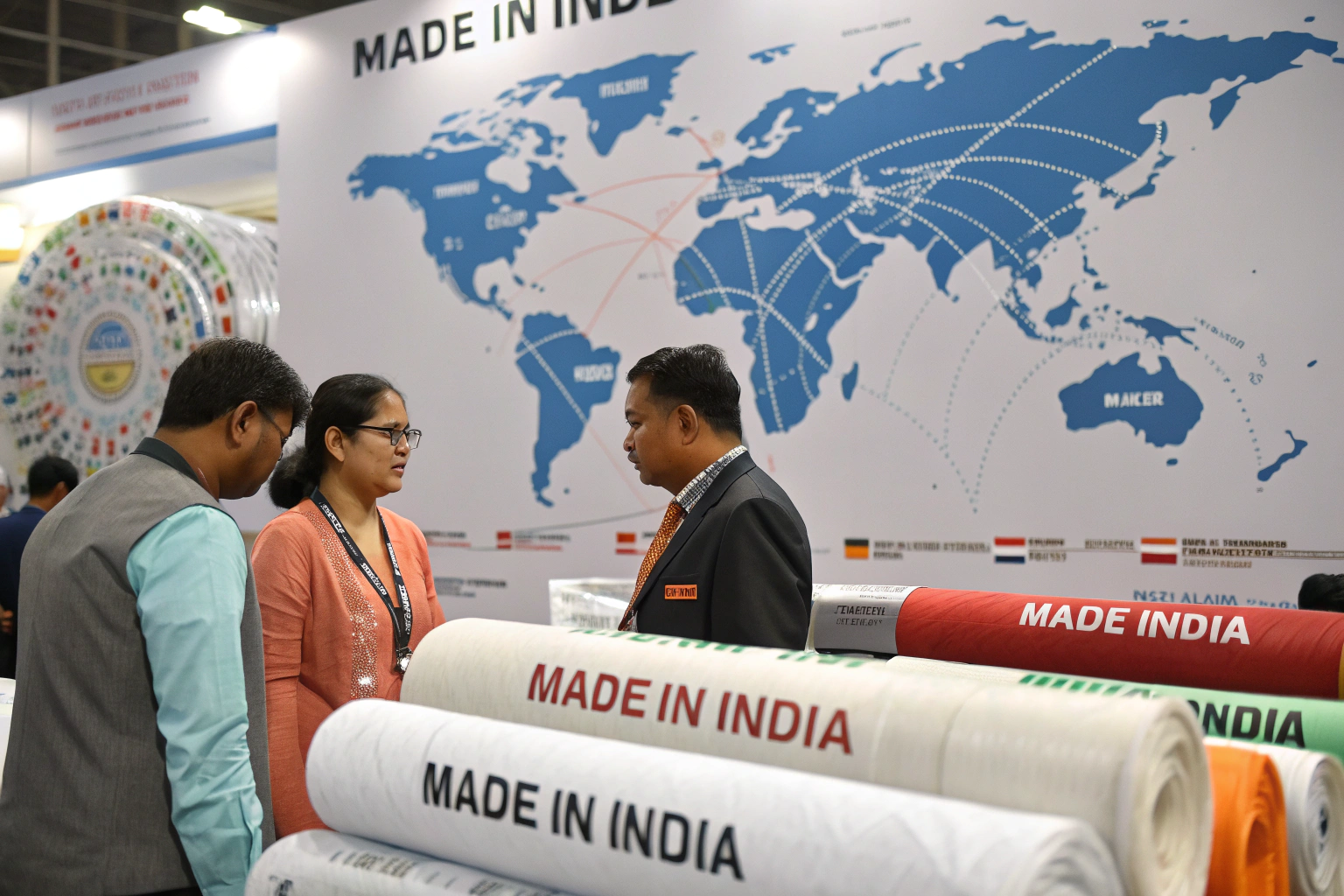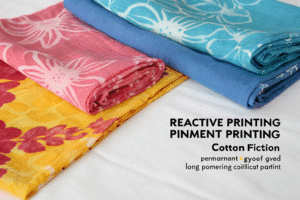How Will the New Tariff Impact India's Textile Exports?
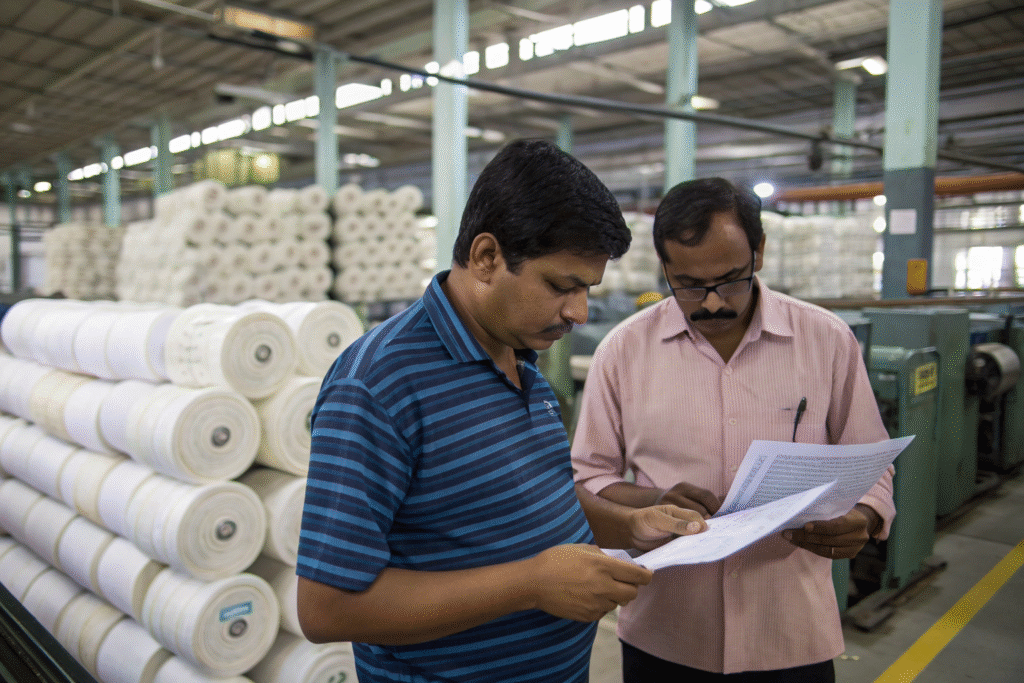
Which Indian Textile Categories Are Most Affected?
The 50% tariff specifically targets:
- Cotton woven fabrics (HS 5208-5212)
- Home textiles (HS 6302)
- Apparel items above $800 de minimis value
| Data shows: | Product | 2023 US Market Share | Projected Loss |
|---|---|---|---|
| Cotton Bedsheets | 38% | 50-60% | |
| Denim Fabric | 27% | 40-45% |
What Alternative Markets Can Indian Suppliers Target?
Many are pivoting to:
- RCEP countries
- Middle Eastern markets
- Domestic PLI scheme beneficiaries
Where Will US Buyers Shift Their Sourcing?
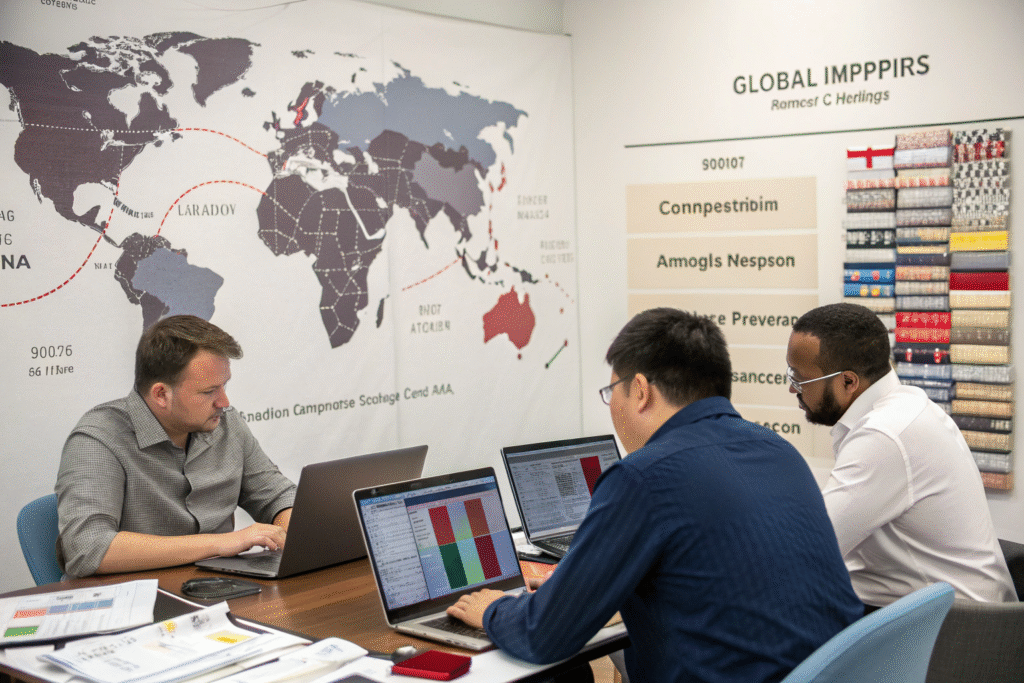
Is China Regaining Its Textile Dominance?
Our Keqiao cluster reports:
- 35% increase in US inquiries
- Expanded organic cotton capacity
- Faster customs clearance through bonded zones
| Advantages we offer: | Factor | India | China |
|---|---|---|---|
| Lead Time | 60-90 days | 30-45 days | |
| MOQ Flexibility | 5,000+ yards | 800+ yards | |
| Eco-Certifications | Limited | Full range |
How Are Vietnam and Bangladesh Responding?
Key developments:
- Vietnam's EU-Vietnam FTA benefits
- Bangladesh's green factory expansion
- Both facing energy shortages limiting growth
What Are the Hidden Costs of Supply Chain Shifts?
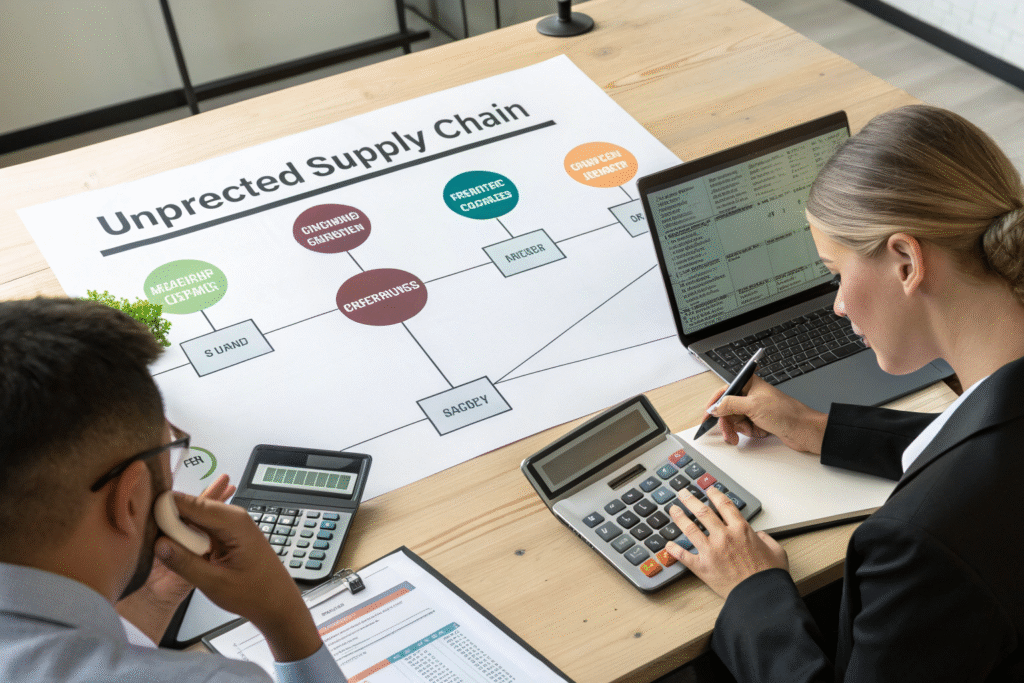
How Much Will Logistics Costs Increase?
| Sample comparisons for 20GP container: | Route | Pre-Tariff | Current |
|---|---|---|---|
| Mumbai-LA | $2,800 | $4,200 | |
| Ningbo-LA | $1,900 | $2,100 | |
| Haiphong-LA | $2,300 | $2,300 |
Additional factors:
- Freight insurance hikes
- Longer inventory carrying costs
- Quality verification trips
Are There Compliance Risks in New Markets?
Red flags we help clients avoid:
- Fake Oeko-Tex certificates
- Undisclosed blending practices
- Incorrect HS classification
How Can Suppliers Mitigate Tariff Impacts?

What Product Reformulations Work Best?
Successful adjustments:
- Blending Indian cotton with recycled fibers
- Moving final processing to ASEAN
- Developing tariff-exempt technical textiles
Our R&D team created:
- 45% recycled cotton denim
- Bamboo-silk blends
- Waterless dyed fabrics
Which Trade Agreements Provide Relief?
Underutilized options:
What Long-Term Changes Will This Trigger?

Will Nearshoring to Americas Increase?
Emerging options:
- Mexican IMMEX program
- Central American CAFTA-DR
- Peruvian alpaca wool clusters
Challenges remain:
- Limited vertical integration
- Higher labor costs
- Smaller minimums
How Will Sustainability Priorities Shift?
New buyer demands:
- Carbon footprint labeling
- Blockchain traceability
- Closed-loop recycling systems
Our investments:
- ¥200M water recycling plant
- Solar-powered dyeing
- Biodegradable packaging
What Should Buyers Do Immediately?

How to Audit Current Supply Chains?
Critical steps:
- Map all Indian-origin components
- Calculate true landed costs
- Verify supplier financials
We provide:
- Tariff impact assessments
- Alternative sample kits
- Transition timelines
When Should Contracts Be Renegotiated?
Key timelines:
- Q3 2024: Holiday season goods
- Q1 2025: Spring/Summer 2025
- Now: Sample development cycles
Protection clauses to add:
- Price adjustment mechanisms
- Force majeure expansions
- Alternative sourcing options

